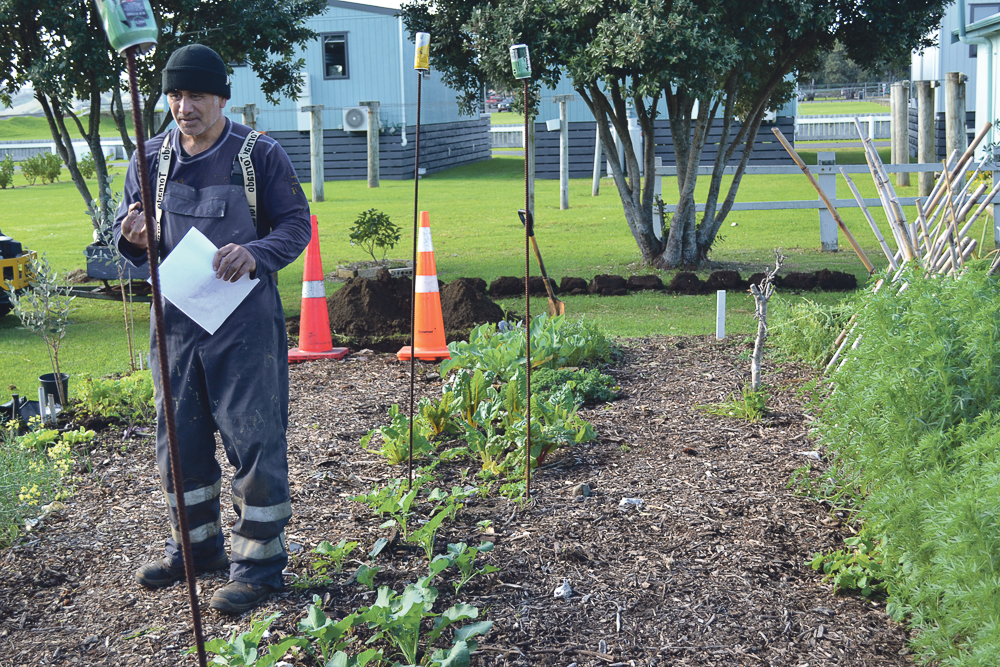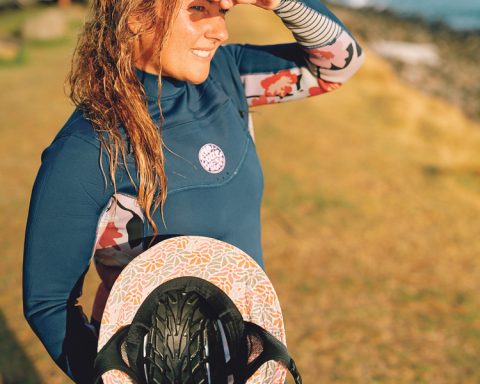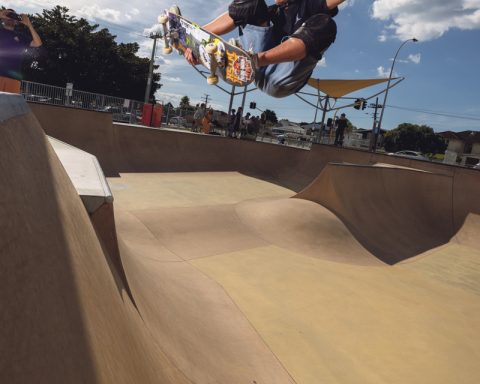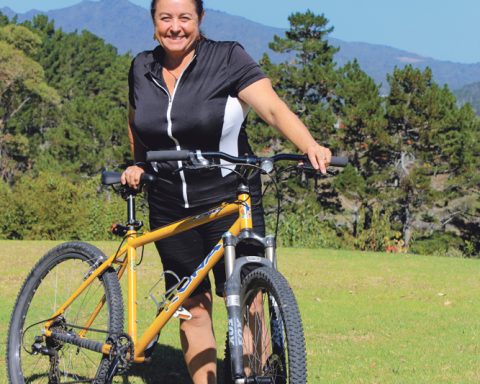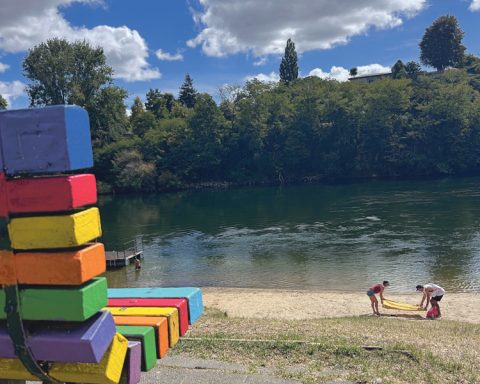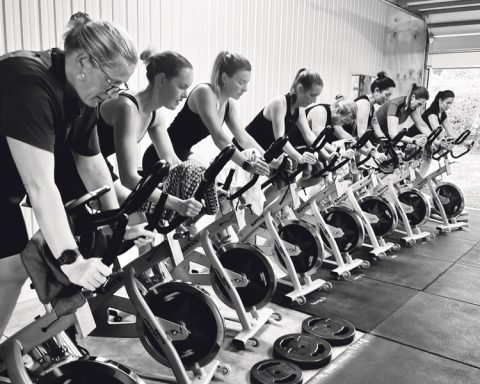A brand new food garden at the local campground is flourishing despite the twin challenges of sandy soil and salt-laden sea breezes. And it’s all thanks to the hard work and dedication of longtime camp caretaker Harry Kitiona, who’s schooled himself in the art of permaculture.
“I went to the University of YouTube,” Harry told a recent community gathering – billed as ‘Permaculture at Papahua’ – where he showed off his thriving veggie patch and fruit trees just a year on from planting them out.
“I didn’t need a student loan, I could study in my own time,” he laughed. “And my back is crazy good!”
There’s less labour because Harry builds up the soil quality with nutrients – gardening on top of the land as it were – rather than constantly turning it over and inadvertently chopping up worms.
He swears by this regenerative practice, one that as it turns out isn’t entirely new to him. “I realised after getting started it’s what my Nan used to teach me,” he reveals.
Harry’s grateful for the opportunity to put a pocket of land tucked behind holiday cabins to good use. He has the support of both Raglan Holiday Park Papahua and Whaingaroa Environment Centre, which co-organised the informal garden gathering to show people just what can be done in their own backyards.
Harry jokingly calls what he’s developing the Garden of Eaten since all campground food waste goes into a formidable-looking compost heap that contains everything from fruit and vegetable peelings and school camp leftovers to banana and taro leaves once used to wrap around food from the on-site barbeque.
“Zero waste,” says Harry proudly. “Everything comes from the camp.”
Add to the compost a few miscellaneous items like the odd dead hedgehog, a bird or two that’s come to grief, comfrey, seaweed, Pohutukawa mulch and hangi wood and Harry’s good to go. No need for introduced fertilisers or compost, he insists, nor any pesticides or herbicides.
Ultimately it all gets layered, along with Harry’s weed mat of choice (cardboard) and fish waste from the camp’s filleting station to improve soil health. Harry’s also built up a robust worm farm.
Beans and peas for nitrogen-fixing and brassicas share the sheltered space with root crops like onions, garlic and carrots.
Young feijoa trees line the seaward side of the garden because, says Harry, they’re not only easy to prune and “good kai” but they house the birds and protect the veggies from the summer sun.
Harry got keen on the idea of a campground garden for Raglan visitors after attending a local workshop on potential food projects within the community. In 10 years of caretaking at the holiday park he’d seen first hand just how much was being thrown out, and preventing food waste from going to landfill was all the motivation he needed.
He’s made a good start, and now applications are in the pipeline for funding to enhance his Garden of Eaten with the likes of decent compost bins and signage.
Campground manager Leanne Neilsen is delighted with the garden. “It did literally appear (overnight),” she says. “It’s working really well.”
And it fits perfectly with “some big goals this year around sustainability”, she adds.
